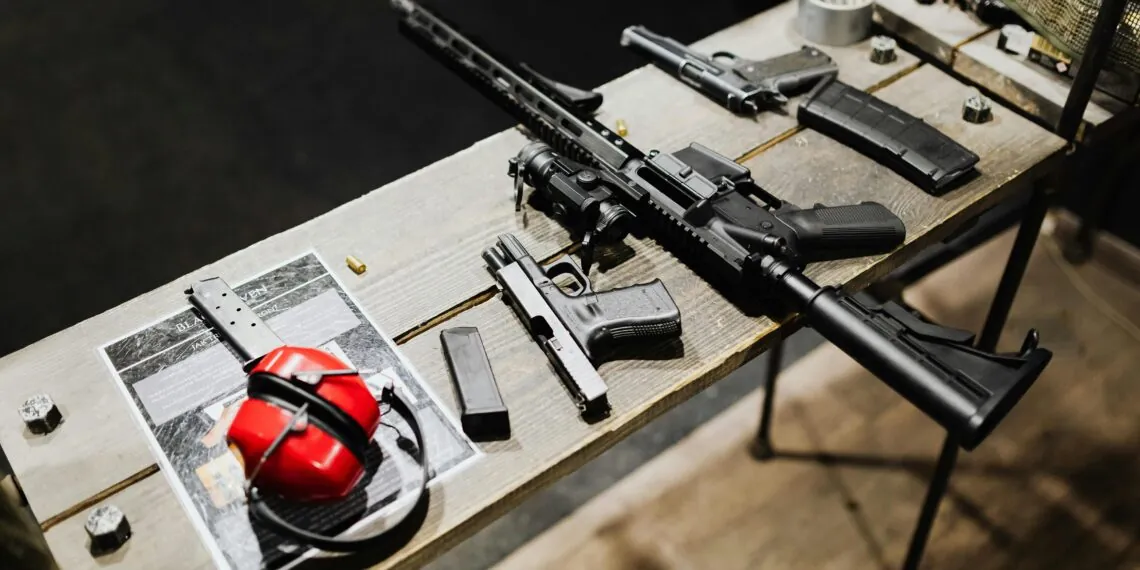Every scrape of metal, every worn grip, every whispered mechanical click in Cost Of War’s arsenal has its roots in real-world armaments. As we began to assemble the tools that would inhabit our battlefields, we asked ourselves: how do we honor reality without sacrificing narrative tension? The answer lay in a journey that bridged dusty forward operating bases, modern research facilities, and conversations with soldiers who’ve carried these weapons into the fire.
From Sketch to Battlefield
At the outset, our concept artists pored over blueprints and photographs from manufacturer catalogs. But it wasn’t enough to replicate shapes and silhouettes—we wanted the soul of each weapon. A rifle forged for desert warfare should bear the patina of sand abrasion; a night-vision scope used by special forces needs evidence of rapid deployment over wire racks.
“We placed molds of M4 receivers side by side with CAD renderings,” recalls Lead Artist Maria Silva. “We measured every curve, every stock adjustment point. That level of fidelity anchors players in the same reality our real-world operators face.”
It’s this devotion to detail that informs our visual language. If you spot a subtle gouge on a rail system, that’s not an accident—it’s a visual cue, a breadcrumb hinting at how this rifle lived through firefights, maintenance cycles, and improvisational field repairs.
Honoring Real Soldiers
Game design is often a conversation between empathy and entertainment. We reached out to veterans, active-duty soldiers, and weapons instructors—individuals whose lives depend on the gear they carry. Their insights shaped everything from recoil behavior to reload animations.
“When you’re in the hum of a Chinook or crouched in a foxhole, the weight of your rifle is more than pounds and ounces—it’s responsibility,” explains retired Green Beret James Ellis. “We made sure the in-game heft, inertia, and balance reflected that truth.”
These conversations also seeded narrative threads. A partially torn morale patch on a soldier’s plate carrier evokes comradery, loss, and personal backstory—allowing players to piece together a unit’s history without a single line of exposition.
Iterating for Authenticity
Once block-ins and prototypes were in place, our QA teams took center stage. We built a “shoot house” test map, populated with destructible barriers and variable lighting. Testers fired hundreds of rounds into cover—the result? Detailed feedback on trajectory, bullet impact decals, and sound propagation in concrete corridors.
The under-the-hood simulation tracks bullet velocity, mass, and environmental resistance. No two rounds perform identically—dirty barrels produce slightly faster gas venting, heat ramping affects muzzle velocity, and even humidity plays its part. These variables aren’t menu options for players, but they inform the on-screen realism that rewards tactical thinking.
Player Experience: The Weight of Every Round
When you swap magazines in-game, you’ll notice a brief pause as your soldier shoulders the rifle—an intentional design choice. That fraction of a second represents the weight of consequence. Every lead slug costs stamina, influences your posture, and alters your focus. It’s a subtle reminder: your tools are not toys, they’re life-saving—and life-altering.
Beyond the mechanical, these systems dovetail with our narrative arcs. In one mission, environmental hazards force you to conserve ammo; in another, you must scavenge from fallen foes to rearm. It’s not sheer scarcity for tension’s sake—it echoes the reality soldiers face when supply lines falter.
We call this “ethical resource management.” It prompts players to ask, “Is this shot justified?” before pulling the trigger.
Why It Matters
At its core, Cost Of War isn’t a catalog of guns—it’s a reflection on the weight those weapons carry, both physically and emotionally. By grounding our arsenal in real-world influences, we invite players to experience modern warfare’s moral complexity, not just its spectacle.
In the end, every texture map, every recoil script, and every narrative flourish shares a common goal: to honor the realities of combat. We believe that authenticity breeds empathy. When our players shoulder the digital weight of gear painstakingly researched and lovingly recreated, they carry more than an M4—they carry the stories of those who’ve borne it in real life.
Next time you hear the clack of a safety catch or feel the rumble of a .50 cal on the horizon, remember: that moment was born from dusty research notes, veterans’ anecdotes, and countless hours of iteration. In Cost Of War, every weapon tells a story. We hope you’ll listen.
— The Cost Of War Development Team







